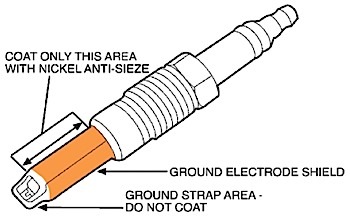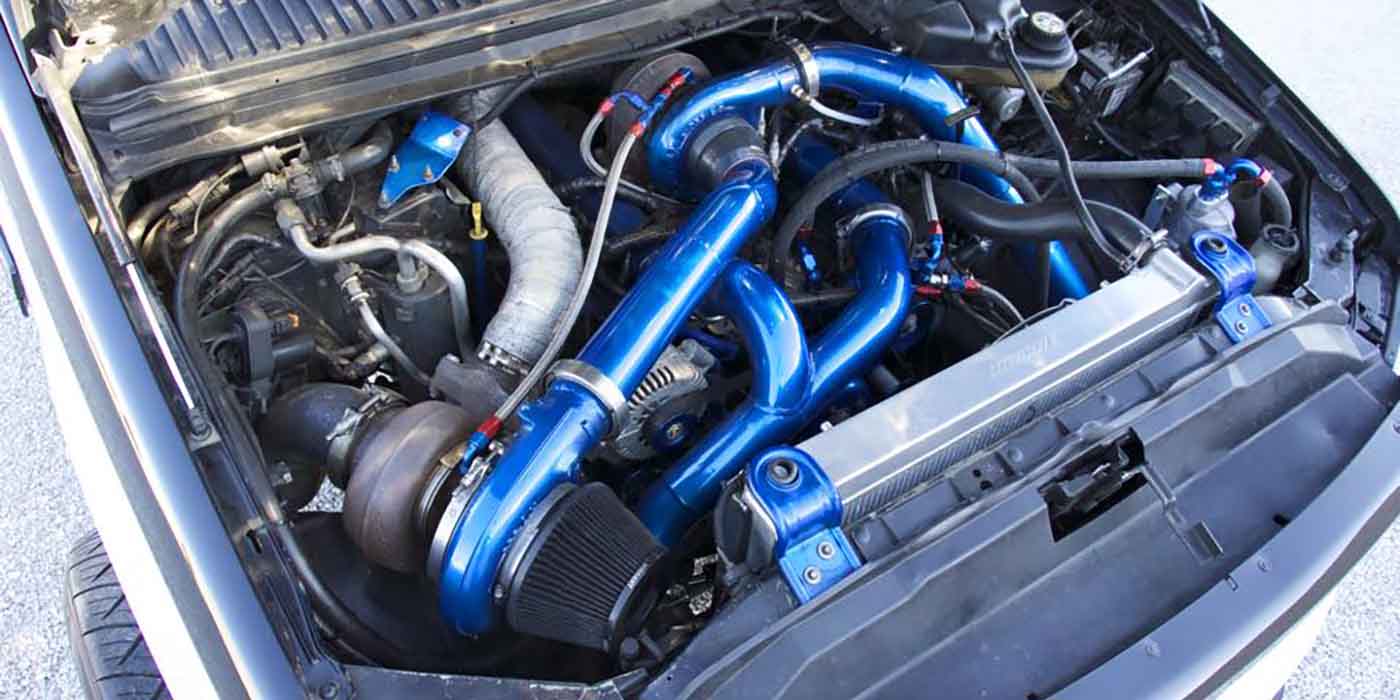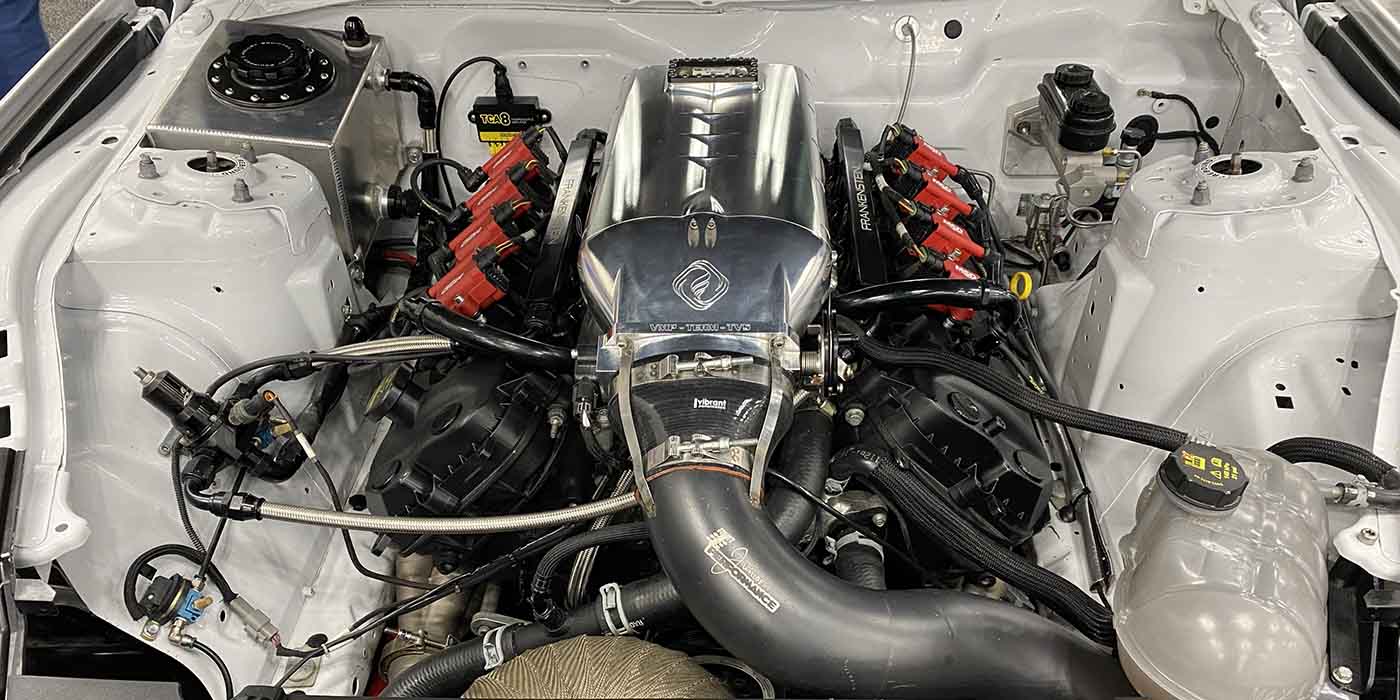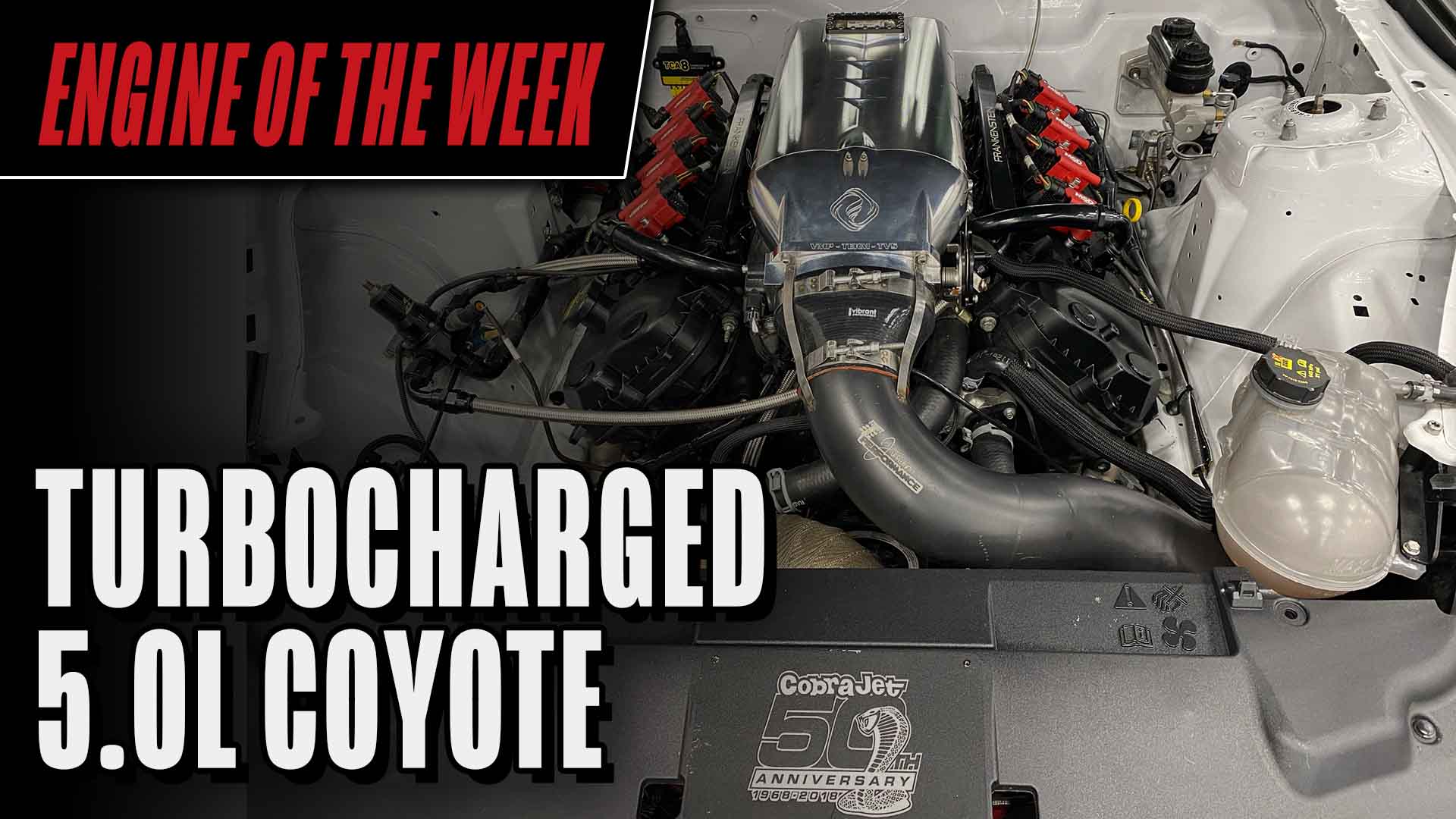Mode 2 Procedure:
1. Add an additional 1/2 teaspoon Motorcraft Carburetor Tune-Up Cleaner fluid into spark plug well and allow 15 minutes of soak time.
2. Using long-nose pliers, grasp and remove the porcelain with an up and down motion taking care not to fracture the porcelain.
3. Refer to Mode 1 Procedure to remove the remaining ground electrode shield from the cylinder head.
Mode 3 Procedure:
Caution: Do not drive porcelain down into the ground shield with a punch as fragments may enter the combustion chamber.
Note: Use Rotunda special service tool kit 303-1398 to remove porcelain broken inside the ground electrode shield.
Caution: The engine and the bonding adhesive must be room temperature of 70° F (21° C) or higher for proper cure and bond strength. Verify the expiration date of the adhesive.
Caution: Do not reuse pins from the tool kit. This ensures the correct surface characteristics for bonding.
1. Remove any remaining electrode material from broken porcelain with long-nose pliers.
2. Spray Motorcraft Metal Brake Parts Cleaner into the porcelain hole for two to four seconds using the straw nozzle supplied with the brake cleaner can.
3. Using the tool kit, insert a pin into the collet. Screw the collet onto the threaded rod. Install the assembled collet, pin and threaded rod into the steel tool pilot.
4. Retract the collet and pin into the steel tool pilot, protecting the pin.
Note: Pin tip damage or bent pins will prevent insertion into the porcelain.
5. Insert the completed assembly into the spark plug well and fully engage the pin into the porcelain. See Figure 4.
6. Spray Motorcraft Metal Brake Parts Cleaner two to four seconds between the spark plug well and steel tool pilot. The steel tool pilot must be lifted up approximately 1/2” to allow brake cleaner to flood the porcelain and pin.
7. Scrub the porcelain inside diameter by moving the threaded rod up and down vigorously. Take care making sure the pin does not disengage the porcelain.
8. Repeat steps 6 and 7.
9. Remove the tool assembly. Again flood the porcelain with Motorcraft Metal Brake Parts Cleaner for two to four seconds, then blow out the entire spark plug well and porcelain with dry compressed air.
Note: Clean and dry components are key to bonding the pin to the porcelain.
10. Repeat steps 1-9 to prepare remaining porcelain fragments as needed.
11. Disassemble the collet and pin from the threaded rod. Dry the tools thoroughly with dry compressed air
Note: For additional information and steps for using the bonding agent, e-mail us at[email protected] for a copy of TSB 08-7-6.
[inpost_gallery post_id=4970 group=”1″]














